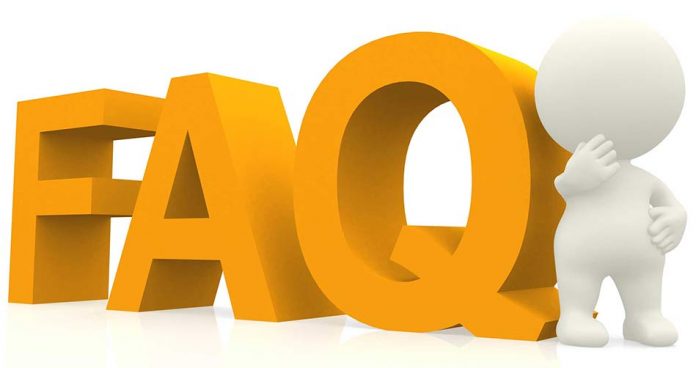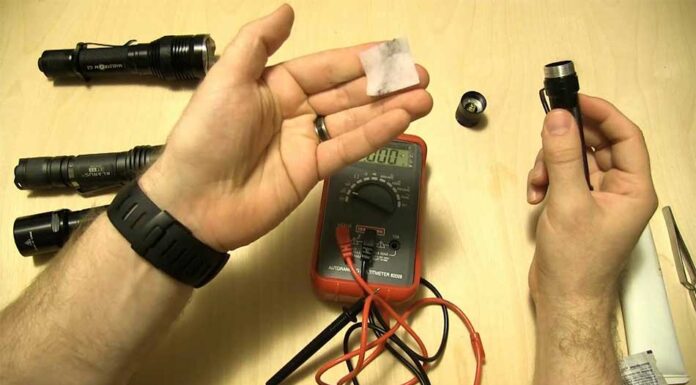Table of Contents
If you were wondering what ACH precisely is, you have found what you were looking for. Whether you are a complete beginner and don’t know anything about ACH, or you have some idea and think about implementing ACH in your company, this is the place for you. Here are some of the top-rated FAQs about ACH payment processing.
What does ACH stand for?
Automated Clearing House is what ACH stands for. This is a financial institution network present in the US that processes transfers of electronic funds. It transfers money from one account (or a financial institution) to another. It is a self-regulated system, NACHA provides the regulation.
What’s the difference between ACH and eChecks?
While eChecks are simply electronic versions (or images) of standard checks in paper format, ACH does not follow procedures for check settlement. On top of this, ACH procedures are entirely automated, and they are settled and batched three times every day. This brings much convenience in comparison to eChecks.
The reason people confuse ACH and eChecks is that the last step in processing eChecks by banks involves the ACH system (or CHIPS system in some cases). Moreover, merchants and the like can convert eChecks to ACH if they want and then send it through the transaction flow for ACH. The merchant only needs to give proper notice (that they want to convert the check).
What exactly is an ACH transaction?
An ACH transaction is a transaction, or any transaction, which requires the transfer of funds over an automated clearinghouse. Most of these transactions debit from checking accounts.
What does ACH Hold mean?
ACH Hold means that any payment over an automated clearing house is authorized. Authorization is done by the account owner and the bank that is in charge of the specific account reserves (or Holds). Since ACH takes time to process (usually a few days), the need for developing a Hold reserve was evident. The Hold reserves ensure this money is not going to be spent by the time the transactions have been processed over the ACH network.
How much time does it take to complete an ACH transaction?
The time it takes for an ACH transaction varies depending on the day the authorization took place. The holding period is usually, if not always, four business days. The countdown for the business days starts after the day the authorization took place. Take into account the two weekend days; the processing can take up to seven and more days.
Crediting and Voiding: what’s the difference?
Voiding ACH transactions can only happen before these transactions get their batch and are sent over to the network. Once the batching is done, the funds have to be transferred, and voiding is impossible.
On the other hand, it is important to notice that most businesses can’t credit transactions through the ACH system. Since ACH payment processing relies on Hold reserves, most merchants refund the money via physical checks or discount the amount owed during future payment.
Do returned payments cost anything?
Yes. On top of that, they can add up. Of course, nominal fees are in place for simple returns, but a usual ACH return fee can go up to $25. Heftier fees are in place if a customer initiates the return at their bank. Returns that are induced by administrative and technical errors cost much less to the business.
What are the reasons to accept ACH?
As a business, you can benefit much from accommodating an ACH network in your business if your business is appropriate (this applies mainly to small businesses). If you can build a regular flow of ACH payments and are fine with waiting for a few days for the individual payment to be processed, you might want to opt for ACH because:
- They usually cost less than credit and debit card processing
- They are usually accessible to your customers (they will prefer transactions without fees)
- Regular batching (three times a day), which means the payment can potentially arrive the same day it was issued
- Best for recurring payments
- You can follow the transaction transfer status
- You can make an auto-sync electronic record
- Chargeback initiation periods are shorter
- The rules of chargebacks are much stricter
- Reaching to customers that don’t use regular credit cards
- Great B2B transaction option
Are there any drawbacks with ACH?
There are certain limits and obstacles you might encounter. Waiting for the Hold reserves to be released and processed can take up to several days. This is the biggest possible drawback, especially to small businesses. This is because the transfers are processed only during days of business, excluding weekends.
How do I start accepting ACH?
To make your business eligible for ACH processing, you have to go through these three simple steps:
- Choose a processor for ACH
- Request authorization from customers
- Submit the payment after setting it up
How can a business minimize returns over the ACH network?
To minimize the returned payments over ACH, you can follow a few simple rules. The first thing you can do is to inform customers about the company’s descriptor and how it will look on their bank statement. Providing a phone number of your customer service can also help with payment returns.
Administratively speaking, there are a few ways to keep yourself safe. Requiring two-factor authentication for any online payment is one of them, and so is training your staff to use the payment system.
Finally, set up your business so that your customers can not exercise the three NACHA ACH charge disputes:
- Transaction will be revoked if it was not authorized by the cardholder
- Transaction processing took place before authorizing took place
- Different amounts in the transaction compared to what the customer has authorized.















